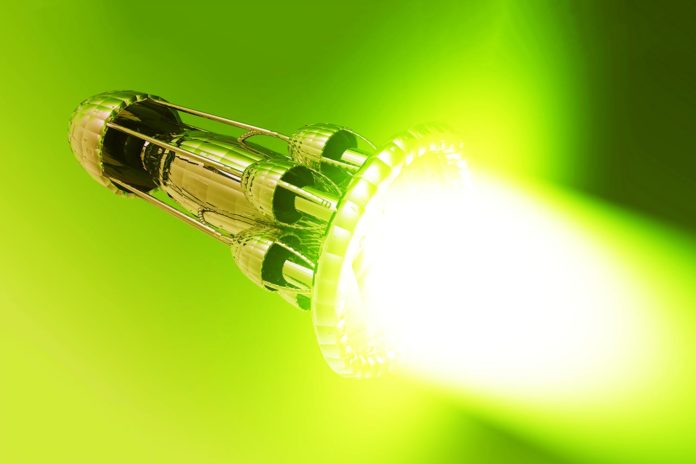
The next NASA mission may be launched with 3D spacecraft parts. The space agency is always looking for new ways to get to Mars. Or make time at the ISS more interesting for their astronauts. This has led NASA to 3D printing space parts used for missions. The 3D space tech was inspired by the aerosol jet printing tech from Optomec. Optomec is a New Mexico based tech company that has revolutionized 3D printing on Earth. And soon in space, or possibly on Mars in 2020. Is Russia jealous yet?
Optomec’s 3D Space Printer
NASA has a new toy to build rockets and spacecraft parts with. The aerosol jet printer has been upgraded since its inception in the 90s by Optomec. The COO of Optomec said that his company’s product would let NASA take new leaps in their upcoming missions. Aerosol jet tech will allow NASA to print 3D space parts that are smaller, lighter, and have great engineering difficulty. Russia may find this to be like cheating in the race to Mars. And you can probably bet that SpaceX is using it for their projects as well.
Is NASA Patching Up the ISS with 3D Plastic Parts?
In a recent news story, the ISS had suffered a chip in their window. This chip, though not an immediate threat to safety, could be a great way to test the 3D space printer. In fact, the Optomec aerosol jet printer is already aboard the ISS. NASA sent it in order to test how the 3D printer would work in microgravity conditions. It has had success in space, already printing prototype parts that can be used for testing on the ISS. Optomec has noted that many private agencies have inquired about getting their hands on the 3D printer.
Russia is Jealous
The 3D printer is already on the ISS being used by NASA astronauts. Could Russia be jealous of the opposing agency’s new toy? Like a kid in a crowded sandbox, Russia may be pissed that they don’t have one to play with too. “Sharing is caring” probably doesn’t get said much on the ISS. Russia may be enlisting the help of a private company in order to secure the aerosol jet printer for their own space station. However, launching billion dollar rockets and spacecraft with plastic parts seems hazardous.

















